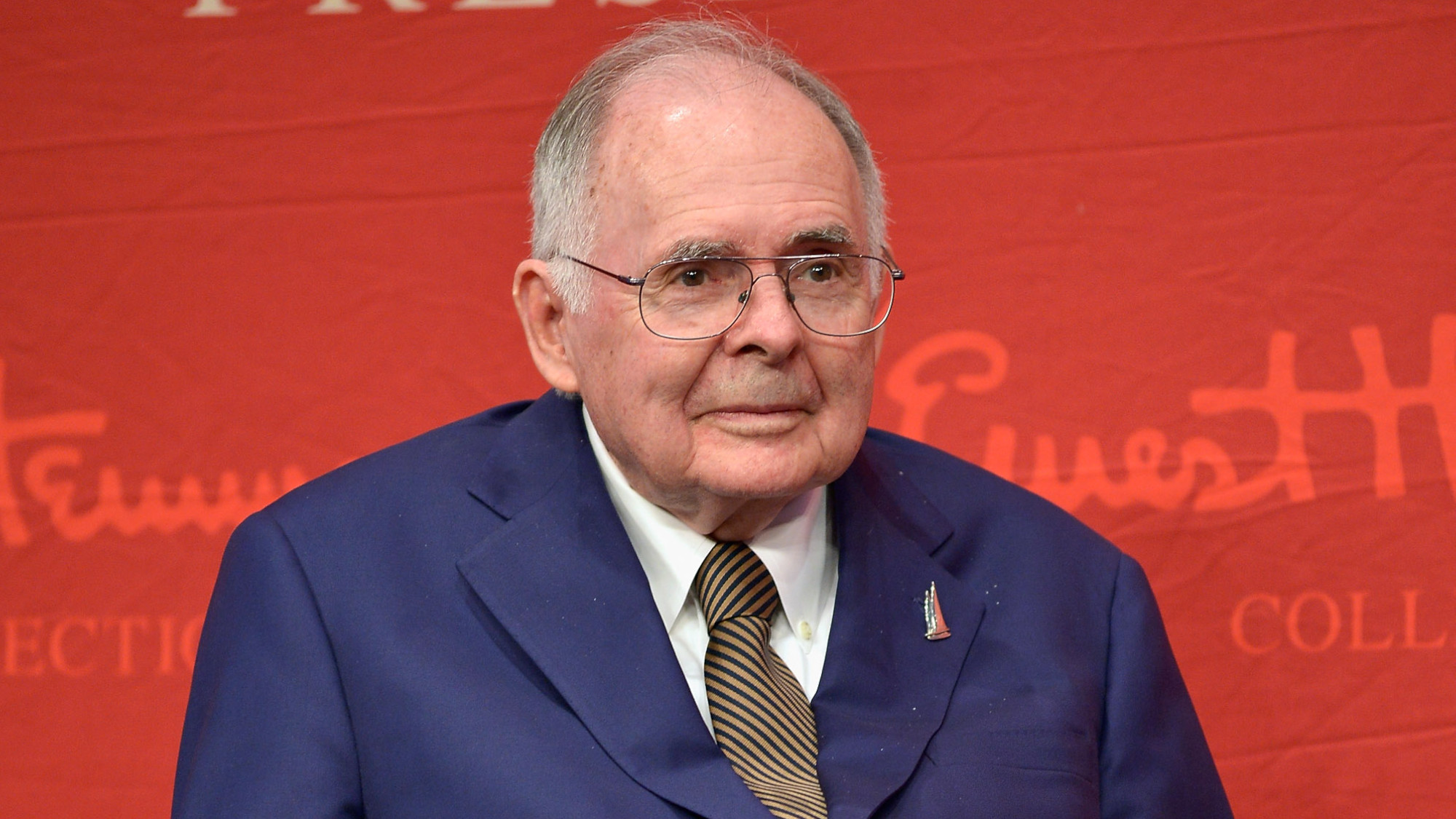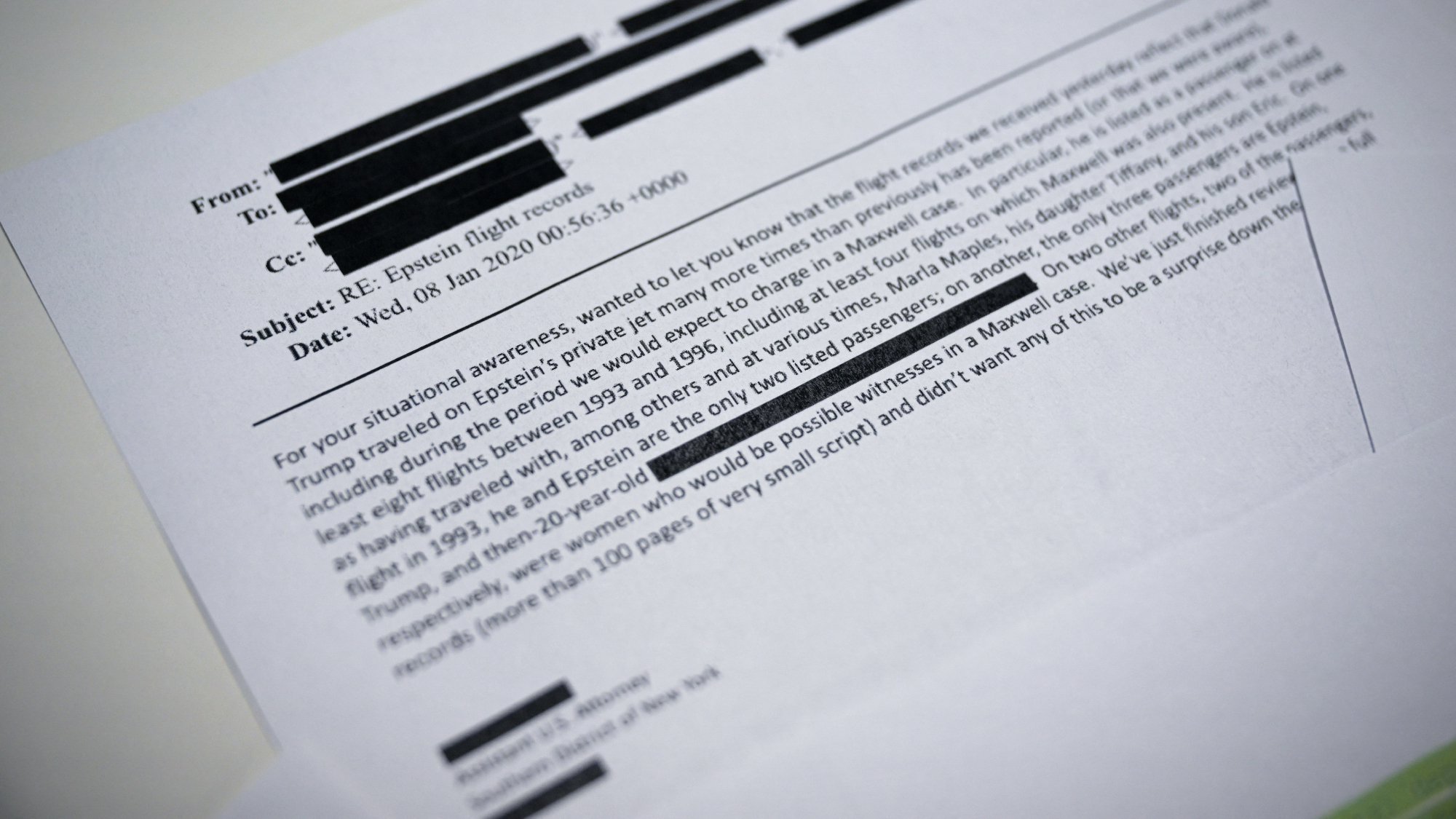Melvyn Kaufman, 1924–2012
The ‘oddball’ whose buildings shaped New York
Manhattan developer Melvyn Kaufman’s quirky sense of humor was evident in the playful installations he half-hid in the office towers he built. A sculpture of a nude woman, for example, graces a slim space between twin revolving doors at the entrance to 747 Third Avenue, visible only to those entering or leaving. His rivals considered Kaufman “something of an oddball,” said architecture writer Carter B. Horsley, “but they also respected the quality of his buildings.”
Kaufman grew up in New York City and Long Island, said the Mamaroneck, N.Y., Daily Mamaroneck, and got his first taste of building as a day laborer for his father’s property management firm. He and his brother, Robert, took over the business after World War II, developing shopping malls before turning “their sights to bigger things” in Manhattan.
The dozen skyscrapers they built in the 1960s, ’70s, and ’80s “helped shape New York City’s skyline, and invigorated its public spaces,” said Bloomberg​.com. Kaufman had one architect place a giant chessboard on the wall of 767 Third Avenue, and you can view a replica of a Sopwith Camel biplane on the roof of 77 Water Street—but only from a window above it.
The Week
Escape your echo chamber. Get the facts behind the news, plus analysis from multiple perspectives.

Sign up for The Week's Free Newsletters
From our morning news briefing to a weekly Good News Newsletter, get the best of The Week delivered directly to your inbox.
From our morning news briefing to a weekly Good News Newsletter, get the best of The Week delivered directly to your inbox.
Kaufman’s “most outsize creation” was his “quixotic, unabashedly contentious” self, said The New York Times. He was frequently in court, unsuccessfully suing New York City in the 1980s over asbestos removal and Mayor Rudy Giuliani in the late 1990s over the placement of pedestrian barriers. “Architecture fails when it asks the client to adjust,” the uncompromising developer once wrote. “It is the architect who must adjust.”
A free daily email with the biggest news stories of the day – and the best features from TheWeek.com
-
 Joanna Trollope: novelist who had a No. 1 bestseller with The Rector’s Wife
Joanna Trollope: novelist who had a No. 1 bestseller with The Rector’s WifeIn the Spotlight Trollope found fame with intelligent novels about the dramas and dilemmas of modern women
-
 Frank Gehry: the architect who made buildings flow like water
Frank Gehry: the architect who made buildings flow like waterFeature The revered building master died at the age of 96
-
 R&B singer D’Angelo
R&B singer D’AngeloFeature A reclusive visionary who transformed the genre
-
 Kiss guitarist Ace Frehley
Kiss guitarist Ace FrehleyFeature The rocker who shot fireworks from his guitar
-
 Robert Redford: the Hollywood icon who founded the Sundance Film Festival
Robert Redford: the Hollywood icon who founded the Sundance Film FestivalFeature Redford’s most lasting influence may have been as the man who ‘invigorated American independent cinema’ through Sundance
-
 Patrick Hemingway: The Hemingway son who tended to his father’s legacy
Patrick Hemingway: The Hemingway son who tended to his father’s legacyFeature He was comfortable in the shadow of his famous father, Ernest Hemingway
-
 Giorgio Armani obituary: designer revolutionised the business of fashion
Giorgio Armani obituary: designer revolutionised the business of fashionIn the Spotlight ‘King Giorgio’ came from humble beginnings to become a titan of the fashion industry and redefine 20th-century clothing
-
 Ozzy Osbourne obituary: heavy metal wildman and lovable reality TV dad
Ozzy Osbourne obituary: heavy metal wildman and lovable reality TV dadIn the Spotlight For Osbourne, metal was 'not the music of hell but rather the music of Earth, not a fantasy but a survival guide'


